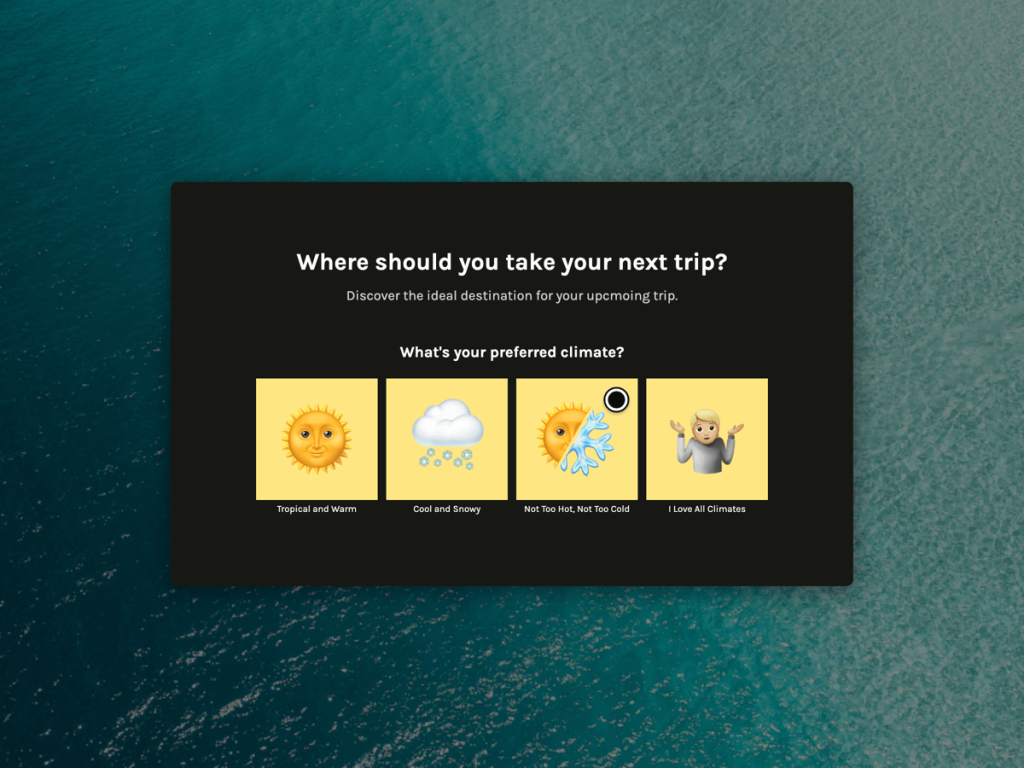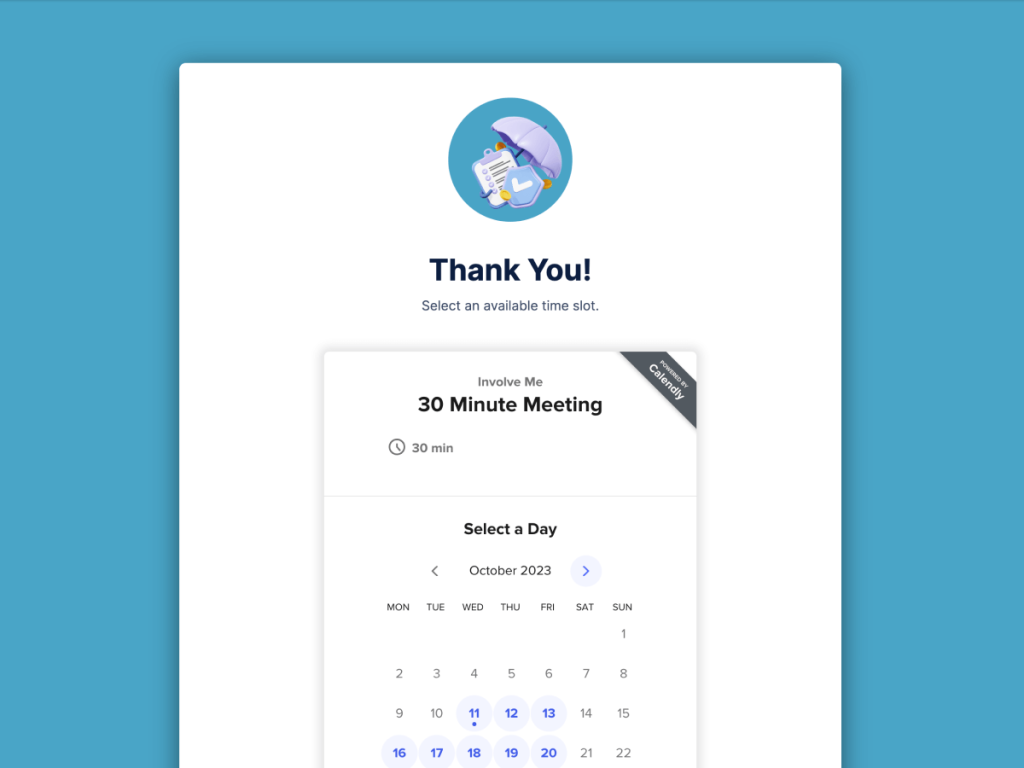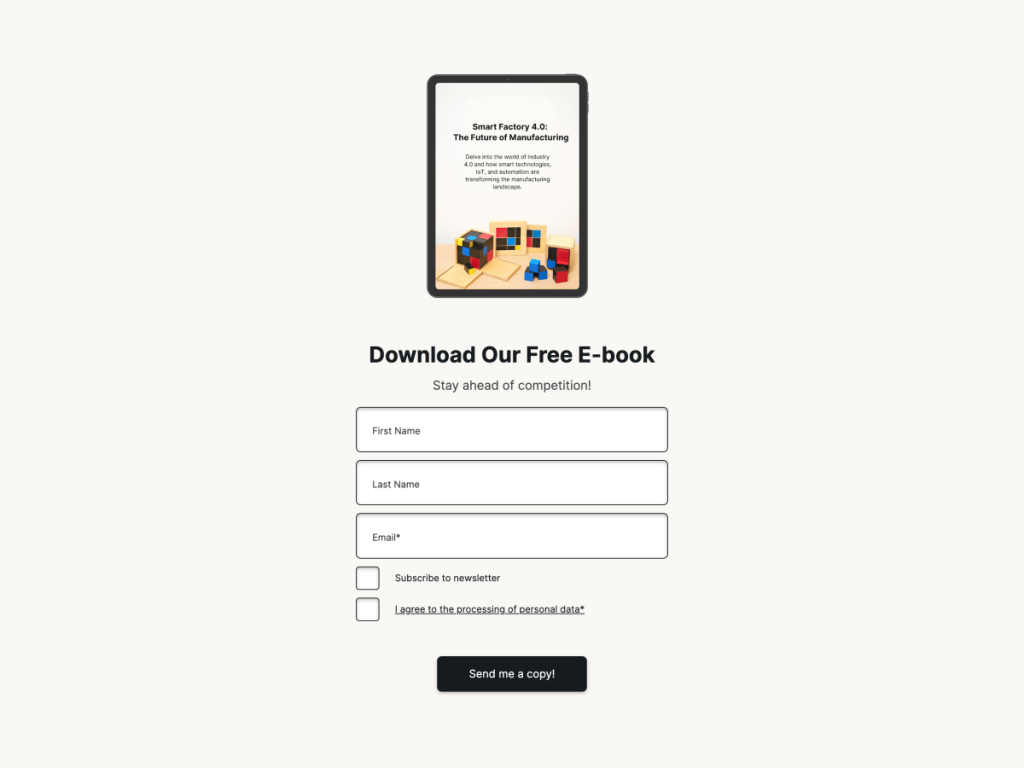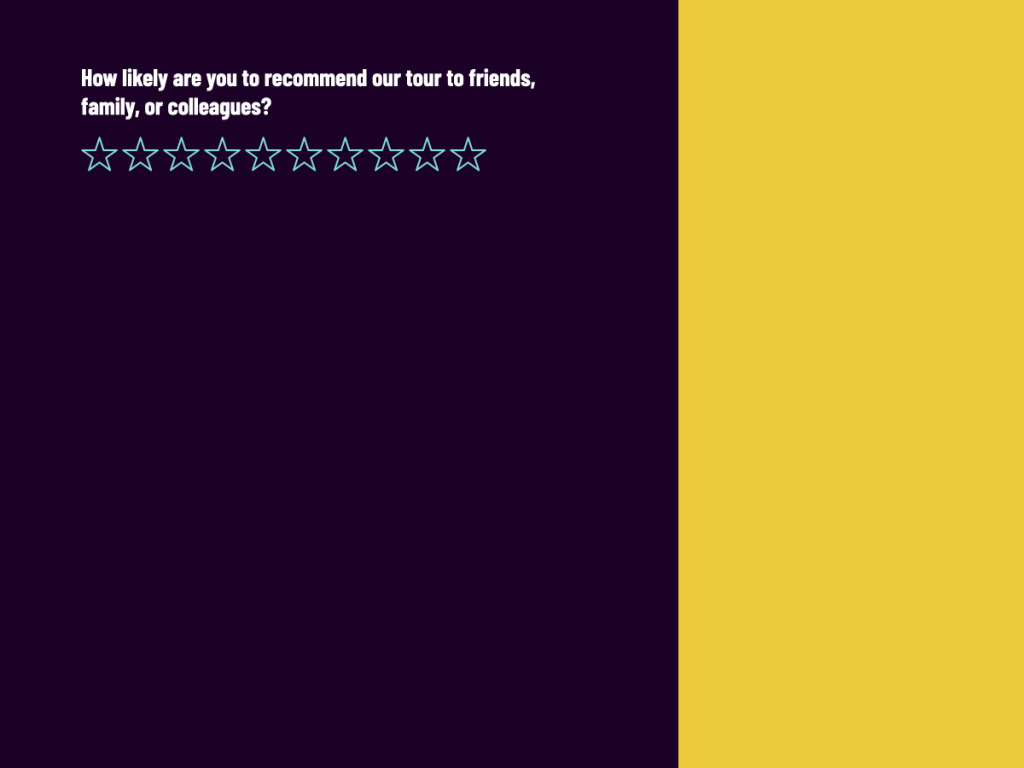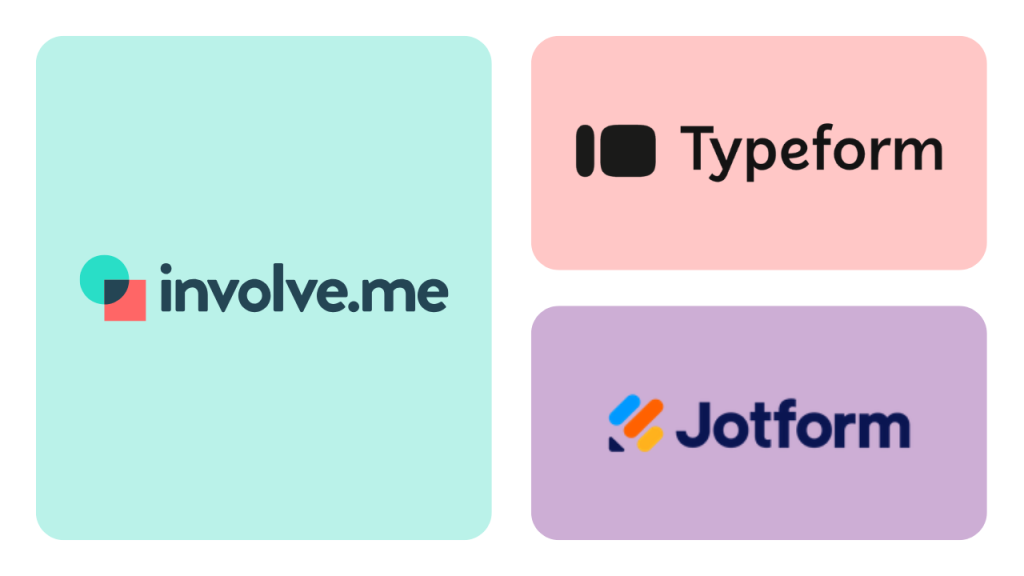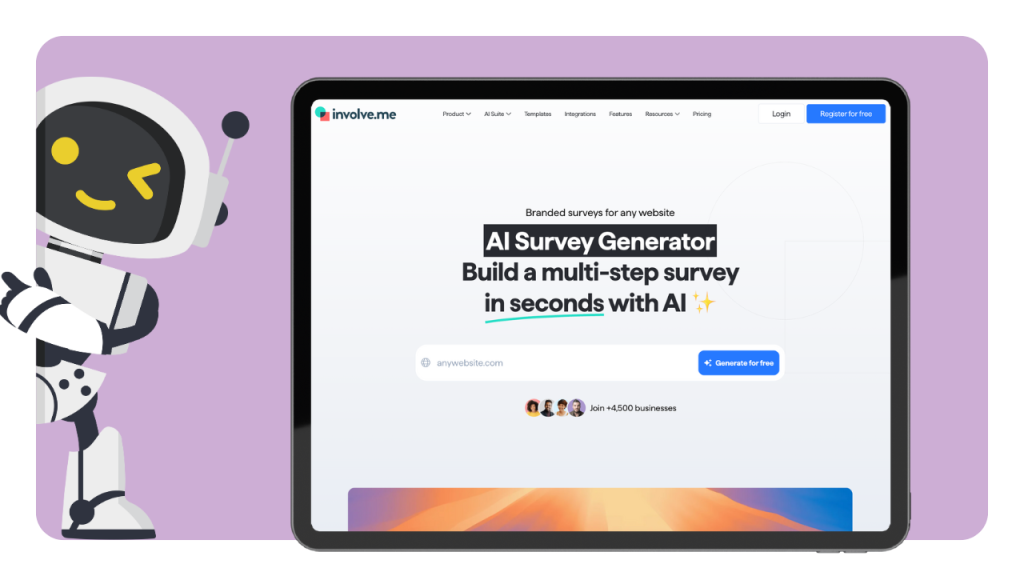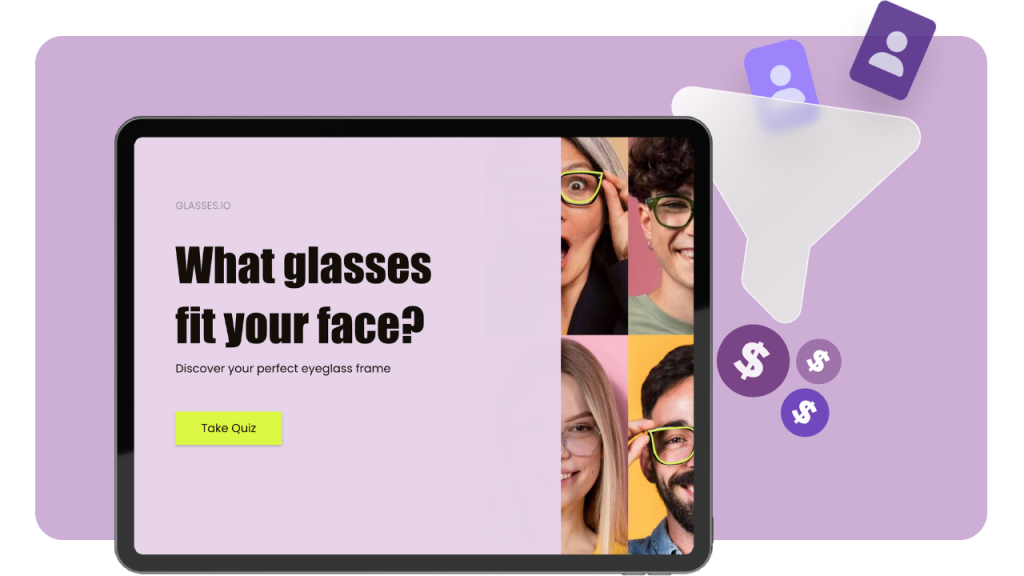Understanding what the audience wants to see is the most significant aspect of maintaining your success as an influencer. Surveys are the best way to learn where you're thriving and where you need improvement. People have to respond to your questions first, though. Data makes it possible to modify your content to keep your followers happy. You can easily create surveys now using AI survey generators.
Avoiding Survey Fatigue
Continuous advancement is only possible with feedback. Issues arise when you post a questionnaire and get few to no responses. The reason for this problem is often a phenomenon known as survey fatigue.
Most companies add a list of questions to every purchase request. Influencers keep posting queries to their stories. An average person following several such accounts will quickly get bored or tired of them.
One way to avoid it is by making your text as customer-focused as possible. You'll need to put in a bit of extra work to make it happen, but once you do, you're on a path to improvement and continued growth.
Let's explore the five strategies influencers use to overcome this issue.
1. A Bit of Flattery
People like feeling recognized, especially by a person they admire. Influencers leverage that desire, incorporating messaging that shows appreciation in their survey posts. Plus, since they genuinely plan to tailor their content to cater to the audience, it doesn't seem forced or insincere.
Apart from expressing gratitude outright, the following helps the follower feel valued:
'I want to know what you think'. Emphasizing that they value their audience's opinions makes the influencer seem authentic in their requests.
'Your feedback will...' Explaining exactly how the answers will impact future content showcases a follower-first attitude.
'Please take five to complete this.' While many post questions on their stories or YouTube accounts, longer forms are sometimes necessary. Disclosing how much time it'll take to fill out shows respect for the respondent's time.
On-the-nose flattery doesn't cut it, but signs of appreciation such as these make a world of difference.
2. Incentives and Prizes
If you need a high amount of data to inform your account in the future, it sometimes pays to incentivize your followers to provide it. Good faith goes far, but sprinkling a small prize on top takes it several steps further.
Influencers must consider the way they brand themselves online when choosing a gift type. If it's a beauty guru, a discount at Sephora can do wonders. On the other hand, a fitness instructor might share their otherwise paid program for free with the first 100 responders.
Tip: If incentivizing with gifts is out of scope, there's always the sharing approach. The online persona can reveal the results to those who responded and share the steps they'll take to develop a new strategy based on the collected data.
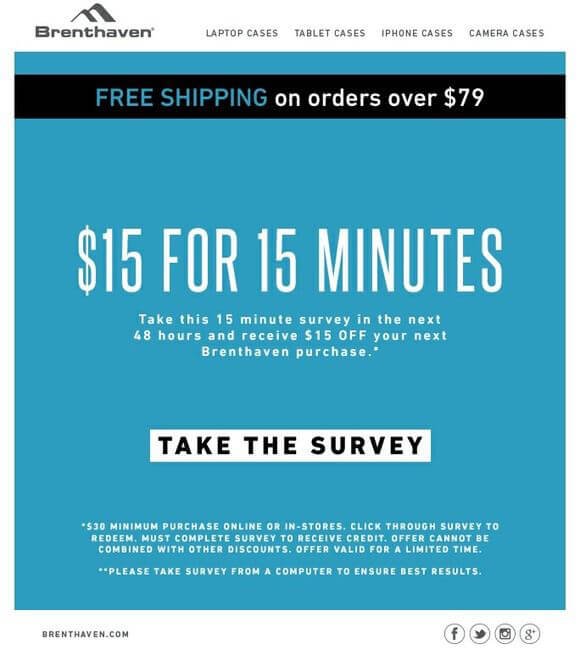
3. Appealing Design
Design is crucial to any high-quality survey. It makes the questionnaire flow intuitively and facilitates honest, quick answers. There are several aspects to consider:
The tone. The voice should feel natural for the target demographics. In general, employing the communication style used in other posts works.
The length. Case studies show that many responders drop out if they can't finish the form in several minutes. Keeping it quick and simple is the best approach.
The branching. The questions should be easy to read and follow, and each should logically link onto the next.
The personality. Adding a personal touch adds appeal to the questionnaire. Sprinkling an inside joke here, a funny comment there does the trick.
Moreover, if the survey isn't taking place across a series of stories or posts, choosing an appealing background and a font that matches the overall aesthetic is essential.
Get Started with Online Surveys
With One Of Our 300+ Templates
4. Keeping It Relevant
While creating assessment questions, it's vital to engage with the target audience and put yourself in their shoes. Since influencers already spend a lot of time communicating and carving a niche for themselves, they have a lot of information to work with and keep everything relevant.
For example, suppose an Instagram board game reviewer is toying with the idea of partnering with a company and doing more targeted advertisements. They'll want to check with their following whether they'd like the idea first.
In that case, only the opinions of those who’d be interested in the fact are relevant, giving others a way out. The first question could state, 'Would you mind seeing more advertisements from company X on this profile?'
Negative responders should go straight to the end. If they say yes - ask about the details and the qualms they might have.
5. Making It Flexible
Each influencer will post their questionnaire on the network where they enjoy the most prominence. Followers likely keep in touch with the person on various platforms, though.
If they run into it while scrolling through social media, it'll feel much more natural to check it out. Plus, even if they don't feel like answering it at first, the third time they see it, they might decide it's worth seeing what's up.
Influencers aren't afraid to post on all their profiles. After all, there's nothing to be ashamed of when it comes to the survey. It's for the benefit of the community.
Think about it. You can retouch TikTok videos in just 60 seconds and add a link to your survey in the description. The two minutes of content creation makes thousands of people who frequent this platform more often than Instagram see your request.
Key Takeaways
Overall, it's all about putting the follower, customer, or audience member first. All these strategies revolve around that simple goal, be it through appreciation, incentives, or merely making it easy for them to meet your requirements.
These rules can apply to any niche. It might be a bit more straightforward for influencers than companies, but as long as you keep it authentic, even your business can benefit from these approaches.

